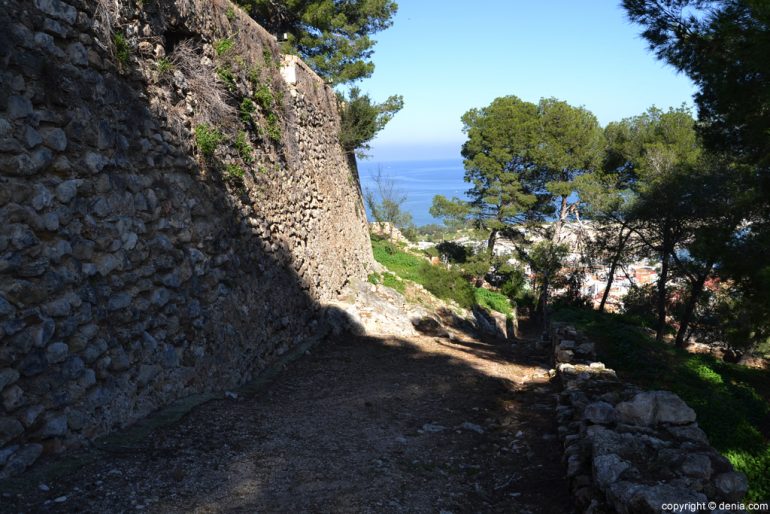This year, Temps de Pansa, the proposal made by the Ethnological museum of Dénia, of diffusion of the world and the time of the raisin, which each year is reborn in September as the scalding in the old caldera, offers us a program connected with a project based in a magical place in the Pedreguer district, l'Hort de l'Alé, And in the castle from Dénia where, on top of the medieval town, a large agricultural estate was built to extend the vineyard and blanch the raisins.
The already traditional synergy between the Christian-Marc Olmos Vente Foundation and the Delegation of Culture of the Dénia City Council allows us to combine our efforts around a fundamental objective to offer the public an almost unprecedented product, as well as the possibility of enjoying two hours of pleasure and knowledge about the raisin.
Visit to L'Hort de l'Alè
L'Hort de l'Alé It is the relict fossil of a farm, originally about thirty fanegas dry land, where the olive trees and then the orange trees that fill it with greenery, replaced a hillside modeled with walls and terraces, which hosted an extensive cultivation of Muscat vine. A little more than a century ago, phylloxera and mildew wiped out the countryside.
The old house, remains an excellent witness of that time in which the old process of making the raisin, the blanching of the raisin, caused new architectures to be created; among them, galleries with arcade to lodge the hurdles stacked with the grape in process of drying.
And the magnificent stove built in the late nineteenth century, (c.1885). It was then an innovation that required a heavy investment, necessary and profitable, to shorten the time of making the raisin.
And the scalding furnace, crucible of a millenary technique, the blanching, which had an unusual expansion in the times of al-Andalus and during the Late Middle Ages.
If you walk by l'Hort de l'Alé, you will discover and imagine, where now there are orange trees and around the house, the drying rooms where the hurdles were extended. And guess where are the dry stone walls that were built to build a modern agricultural facility.
The Christian-Marc Olmos Vente Foundation, side by side with the Ethnological Museum of Dénia, proposes a stay in this microcosm of the memory of the raisin, and enjoy a product, l'Hort de l'Alé.
Visit Castle of Dénia
The other scenario is the castle of Dénia, where the bastions and large spaces of the fortress were Muscat vineyards. In two of the terraces, experimentally planted around a hundred strains of Muscat, to recover the landscape of a time in which the Muscat vineyard planted inside the fortress was an emblem of the scalded raisin and of the mistela.
This new format of Temps de Pansa was inaugurated in September of 2016, in connection with the celebration of the 25 anniversary of the creation of the Museu Etnològic de Dénia. This year, as in 2017, The format in conversation with..., allows you to enjoy a presentation of the topic by the guest speaker, as well as a conversation with the public, with questions and answers, about what you want to know about the issue. The activity begins with this conversation and concludes with a walk through the two scenarios.








